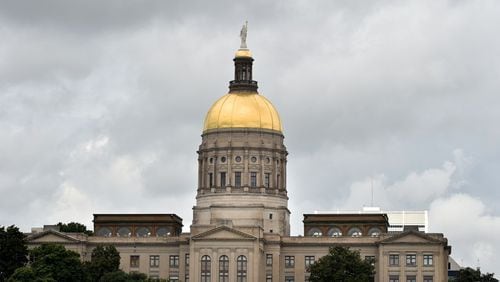This is shaping up as a pretty decent legislative session on a number of fronts. There’s even a chance we’ll see the first full steps forward on school choice in a few years.
The House on Thursday approved higher funding for public charter schools approved by the state, which has languished well below the state average for years. I’m told the House and Senate are also nearing a compromise to raise the cap on the state’s popular tax-credit scholarship program.
A third bill which would establish Education Scholarship Accounts (ESAs) allowing students to use the state portion of funds allocated for their schooling for different purposes, from private school tuition to homeschooling materials, has advanced out of committee and deserves a vote before the full House.
In each case opponents have raised the same objection we’ve heard over the past several years: Why do any of these things while the state is still imposing some $167 million in “austerity cuts” on local school systems?
It’s a question worth answering. Just not as the opponents might think.
First, recall what the “austerity cuts” are: the difference between what the state spends on k-12 schools, and what the outdated Quality Basic Education (QBE) formula says it should spend. In next year’s budget, Gov. Nathan Deal has proposed almost $9.5 billion in QBE funding. The “austerity cuts” represent less than 2 percent of that.
But wait, there’s more: Local and federal funding make up about half of all k-12 spending in Georgia. That means the $167 million shortfall represents less than nine-tenths of 1 percent of this spending. Are we supposed to believe schools can’t get the job done because they’re only 99.1 percent funded?
Let’s also review some of the things lawmakers have done in recent years instead of eliminating the “austerity cuts.” Last year, they spent $160 million — or almost the same amount — on raises for teachers. Over the past two sessions, they have added almost $600 million — or about twice as much — to shore up the teacher pension system. That’s on top of the $1 billion increase in QBE funding over the past three years alone. State spending on public schools is rising by hundreds of millions of dollars every single year as it is.
Now, consider these school-choice bills in that context.
First of all, state charter schools are public schools, just like local k-12 schools. The state is no less obligated to educate charter students than their counterparts in traditional public schools, but it currently funds them as if it is. What’s more, that particular bill and its funding were proposed after the governor released his k-12 budget, meaning any additional dollars (approximately $17 million) charters receive don’t come out of local systems’ pockets.
In the case of tax-credit scholarships, the amount currently allotted ($58 million per year) isn’t the difference between having austerity cuts and not having them. Nor is the amount said to be under consideration for the future, which is in the neighborhood of $100 million. But beyond that, a student who uses a tax-credit scholarship also isn’t educated in a public school, with the cost that entails.
Similar logic applies to ESAs. House Bill 482 requires students to attend a public school for at least a year before qualifying for an ESA, unless they face one of a handful of circumstances (such as being bullied or being in foster care). So these students would be educated in a public school, at a higher cost, otherwise. And the bill limits enrollment to one-quarter of 1 percent in year one, rising no more than one-quarter of a percentage point per year after that. It would take 20 years before even 5 percent of students could receive an ESA.
Taken together, House members are well-justified sending HB 482 to the Senate, where all those Republicans running for higher office should be eager to approve a bill strongly favored by GOP primary voters. Let’s get this done.
About the Author






